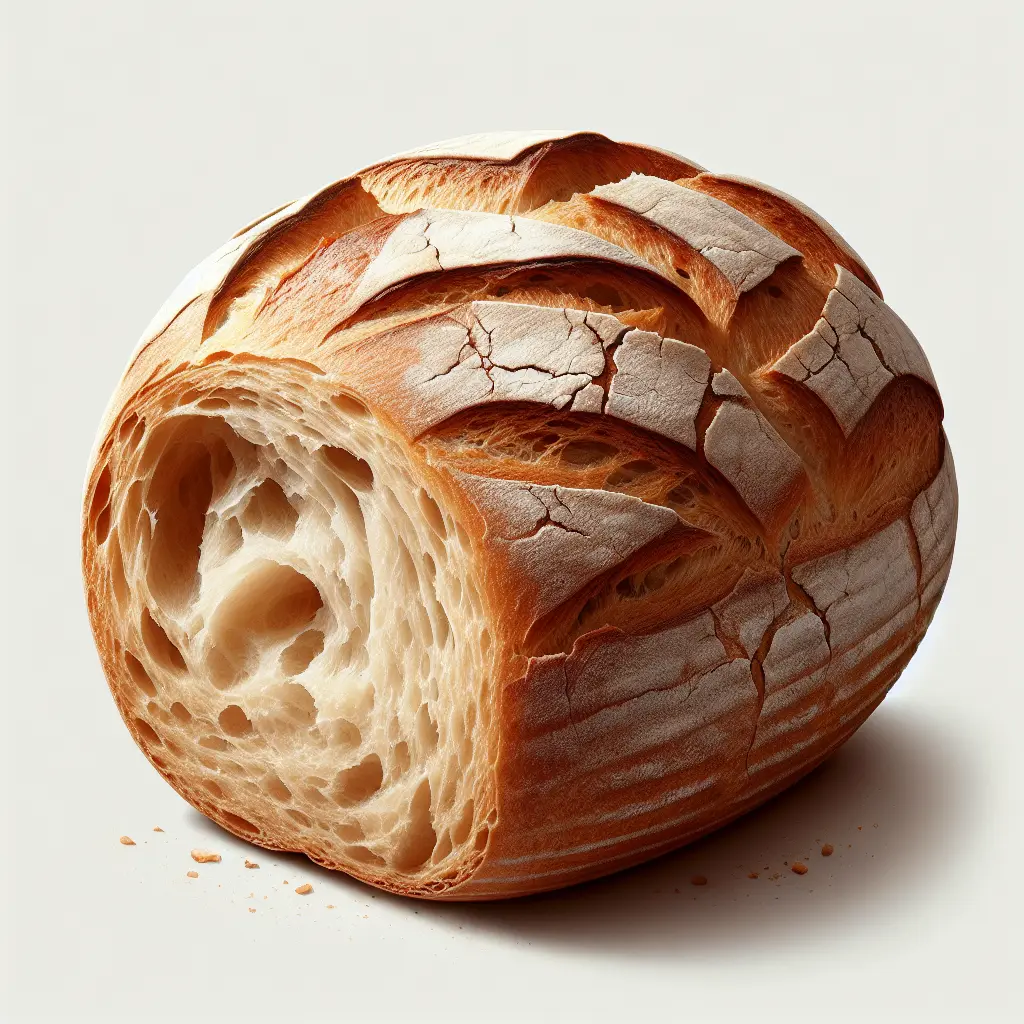The Origins of the Portuguese Roll: A Historical Delicacy
The Portuguese roll, a staple in Portuguese cuisine, has a rich history dating back centuries. Its origins can be traced to the country's maritime past, as Portuguese explorers introduced wheat to their colonies in Asia and Africa. Over time, the unique combination of Portuguese baking techniques and local ingredients gave rise to this distinctive bread.
Today, the Portuguese roll remains a cherished part of Portuguese culture. It is commonly served at breakfast, lunch, and dinner, accompanying a wide array of traditional dishes. Whether enjoyed on its own or as a complement to a hearty meal, the Portuguese roll holds a special place in the hearts of the Portuguese people.
Nutritional Value: A Balanced Treat
The Portuguese roll offers a balanced nutritional profile, making it a versatile addition to a healthy diet. Each roll provides approximately 195 calories, with a moderate amount of carbohydrates (41g) and a good source of protein (5.7g). It is also relatively low in fat (0.6g) and sugar (0.8g), making it a suitable option for those watching their calorie intake.
Additionally, the Portuguese roll is a good source of dietary fiber (1.6g). Fiber is essential for maintaining a healthy digestive system and promoting satiety, helping you feel fuller for longer. It also contributes to the bread's soft and airy texture, making it a delight to eat.
Culinary Versatility: A Bread for All Occasions
The Portuguese roll is a culinary chameleon, adapting effortlessly to various culinary creations. Its mild flavor and soft texture make it an ideal accompaniment to a wide range of dishes. Here are a few delectable ways to enjoy this versatile bread:
- Sandwiches and wraps: The Portuguese roll serves as an excellent base for sandwiches and wraps, providing a soft and sturdy foundation for your favorite fillings. Layer it with cold cuts, cheese, vegetables, and condiments for a satisfying and portable meal.
- Breakfast and brunch: Start your day with a classic Portuguese breakfast by slicing the roll in half and topping it with butter, jam, or honey. Alternatively, enjoy it alongside scrambled eggs, bacon, or fresh fruit for a hearty and balanced brunch.
- Soups and stews: Elevate your soups and stews by serving them with a warm Portuguese roll on the side. The bread will soak up the flavorful broth, adding an extra layer of comfort and satisfaction to your meal.
- Desserts and pastries: The Portuguese roll can also be transformed into sweet treats. Brush it with melted butter and sprinkle it with cinnamon sugar for a simple yet delectable dessert. Or, use it as a base for bread pudding or French toast, creating a decadent and indulgent dish.
Conclusion: A Taste of Portugal in Every Bite
The Portuguese roll is more than just a bread; it is a culinary symbol of Portugal's rich history and vibrant culture. Its soft and airy texture, balanced nutritional profile, and culinary versatility have made it a beloved staple in Portuguese cuisine. Whether you are visiting the Iberian Peninsula or simply looking for a taste of Portugal at home, the Portuguese roll is a culinary delight that will tantalize your taste buds and leave you craving more.
How many calories are in Portuguese Roll?
Each 1 roll of Portuguese Roll contains 195 calories.
Portuguese Roll Nutritional Information
| Nutrient | Amount per 1 roll (83g) |
|---|---|
| Calories | 195 Calories |
| Protein | 5.7g |
| Fat | 0.6g |
| Saturated Fat | 0.1g |
| Cholesterol | 0mg |
| Carbohydrates | 41g |
| Dietary Fiber | 1.6g |
| Sugar | 0.8g |
| Sodium | 0.356mg |
| Potassium | 0.0618mg |
| Calcium | 0.0091mg |
| Iron | 0.0025mg |
